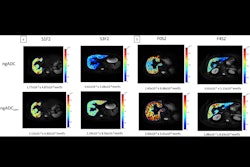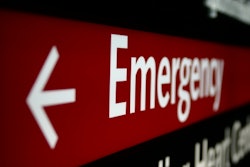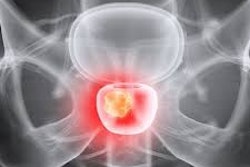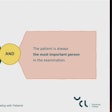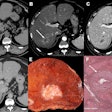More in Home
ECR: More anatomical changes seen on angio-CT in COVID patients
February 29, 2024
GE HealthCare features new ultrasound, MRI offerings at ECR 2024
February 29, 2024
ECR: 3 tips for developing a successful cardiac imaging practice
February 29, 2024
ECR: Communication key to better imaging of elderly patients
February 29, 2024
Residency programs should consider rotating more outpatient blocks
February 28, 2024
CT may be preferred over ICA for younger cardiac patients
February 28, 2024
LR-M category tied to lower survival in HCC resection patients
February 27, 2024
Imaging AI yields opportunities, challenges in sustainability
February 27, 2024






